Comebackers
10,000 Birds
SEPTEMBER 9, 2014
Kirtland’s Warbler is a classic niche species; they breed in only very specific conditions, which occur in only a very specific area. this species breeds. Fortunately, there were still a handful of immature birds alive at sea, and a few years later they were back on Toroshima breeding again.


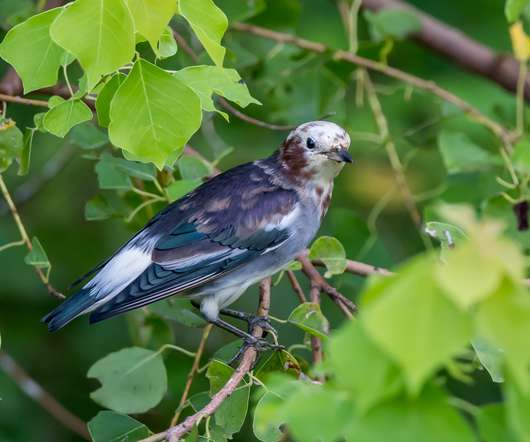




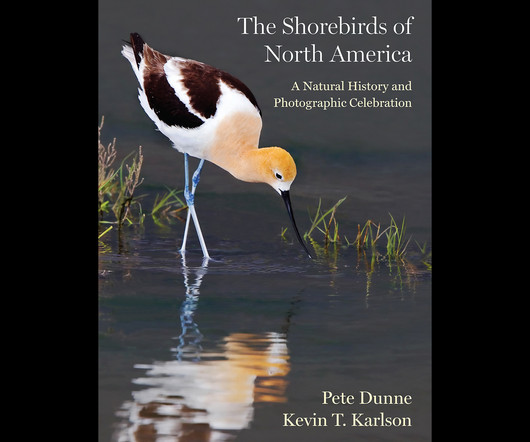


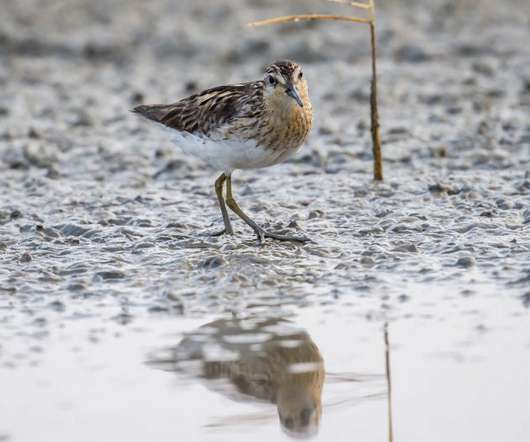
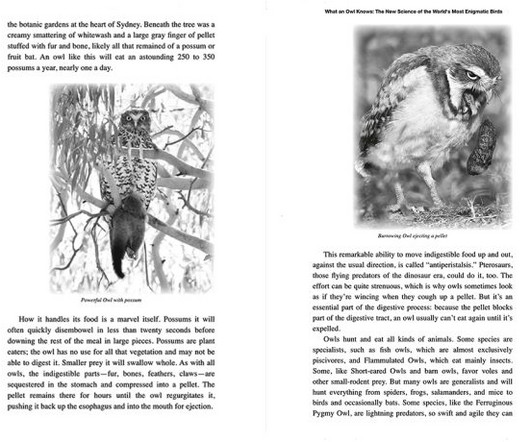
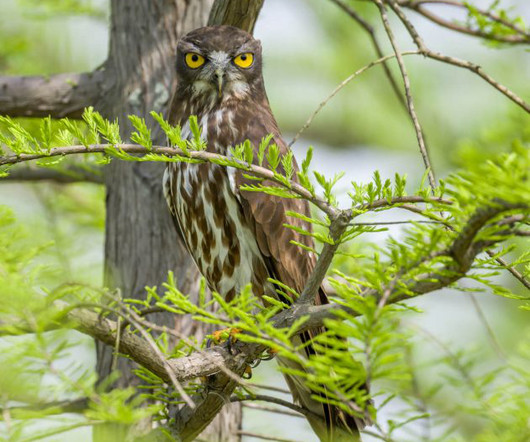






Let's personalize your content